All Science
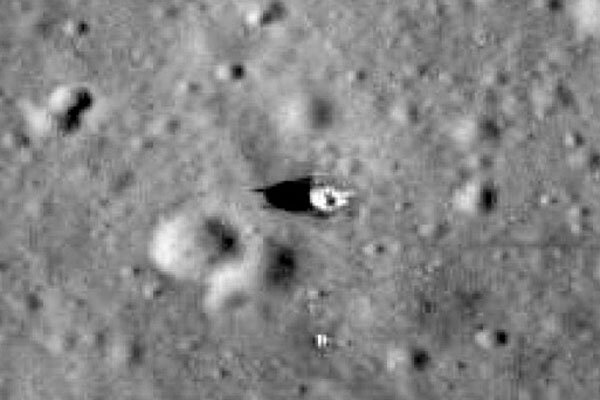 Flags from Apollo moon landings still standing, new photos reveal
Flags from Apollo moon landings still standing, new photos revealThe American flags planted on the moon by Apollo astronauts are still standing, according to new photographs from NASA's Lunar Reconnaissance Orbiter. The only one that is not standing is the one from Apollo 11, the first manned mission to the moon.
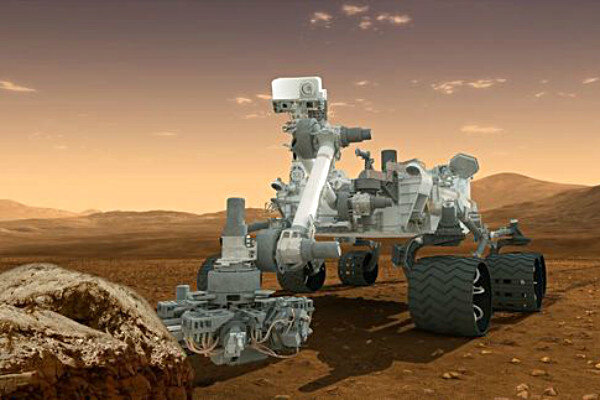 NASA Curiosity rover to seek water on Mars
NASA Curiosity rover to seek water on MarsIf NASA's Curiosity Mars rover successfully lands on Sunday, it will use a neutron detector to scan for hydrogen below the Red Planet's surface.
 Prominent climate change denier now admits he was wrong
Prominent climate change denier now admits he was wrongRichard Muller, who directed a Koch-funded climate change project, has undergone a 'total turnaround' on his stance on global warming, which he now admits is caused by human activity.
 Will the UN reverse its ivory ban?
Will the UN reverse its ivory ban?Delegates overseeing a worldwide endangered species treaty have adopted a plan to allow ivory to be legally traded on the global market.
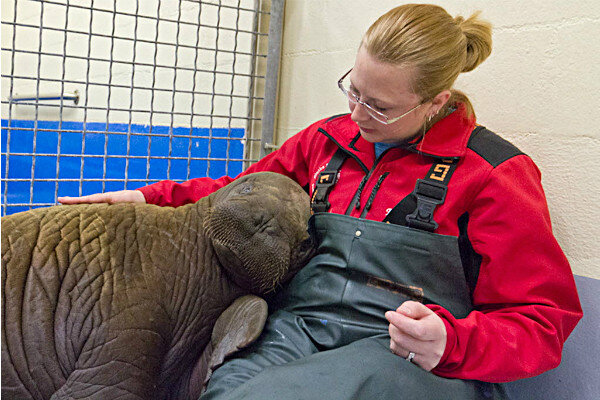 Stranded walrus calf in Alaska lagoon is safe
Stranded walrus calf in Alaska lagoon is safeA stranded walrus calf has been rescued from Alaska lagoon and is believed to have separated from a larger group of calves, the Alaska SeaLife Center says.
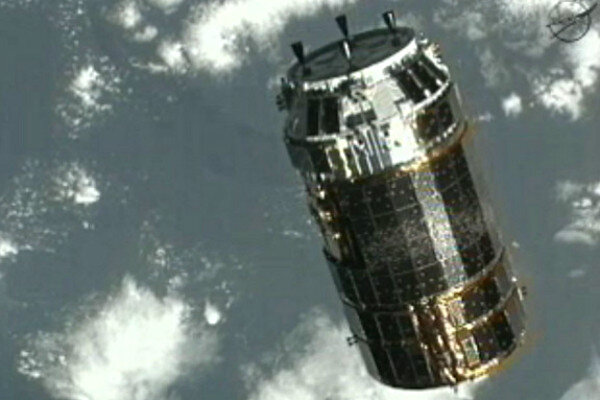 Japanese spacecraft docks with Space Station
Japanese spacecraft docks with Space StationUnlike the recent failed Russian's test mission, a robotic Japanese spacecraft successfully docked with the International Space Station Friday.
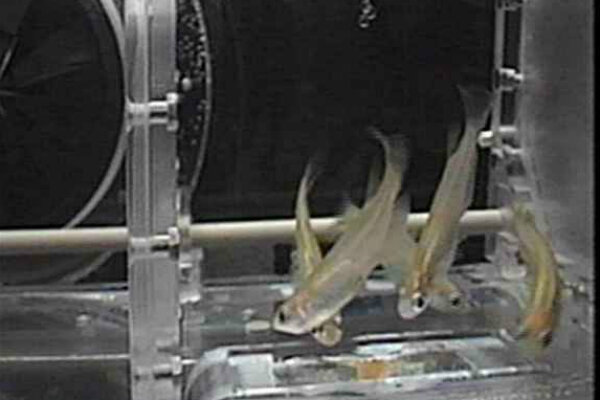 What happens to a live fish in zero gravity? We'll soon find out.
What happens to a live fish in zero gravity? We'll soon find out.An experiment to study the effects of microgravity on fish will bring 32 medakas, a small fish native to Southeast Asia, to the International Space Station in October.
 Success: Robotic Japanese spaceship docks with space station
Success: Robotic Japanese spaceship docks with space stationA robotic Japanese spacecraft carrying food, equipment, and student science experiments for the International Space Station successfully docked with the orbital outpost.
 Why we keep going back to Mars
Why we keep going back to MarsThe Mars Curiosity Rover scheduled to touch down on Aug. 5 represents mankind's 40th attempt to explore the Red Planet over the past 50 years. What is it about the Mars that keeps calling us back?
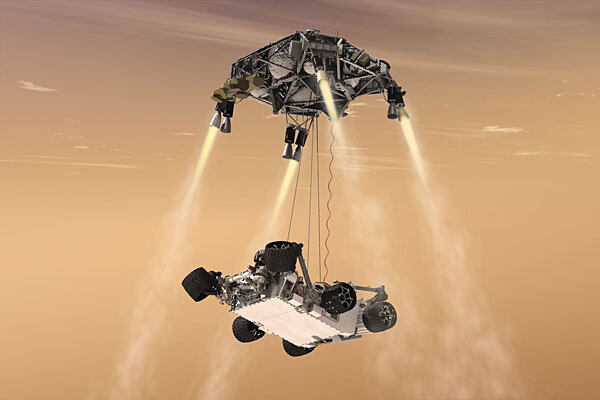 NASA promotes new rover landing with synthetic 'Mars rocks'
NASA promotes new rover landing with synthetic 'Mars rocks'NASA is sending synthetic 'Martian' rocks to eight cities in its national 'Get Curious' campaign to promote the Curiosity Mars Rover, which is scheduled to touch down on the Red Planet on Aug. 6.
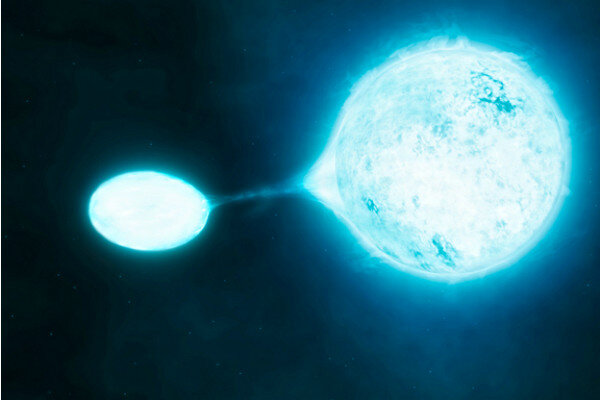 Brightest and hottest stars have close, turbulent relationships, study suggets
Brightest and hottest stars have close, turbulent relationships, study suggetsThe brightest and hottest stars in our galaxy tend to have short, violent lives, often drawing gas from each other and frequently merging to form a single star, a new study indicates.
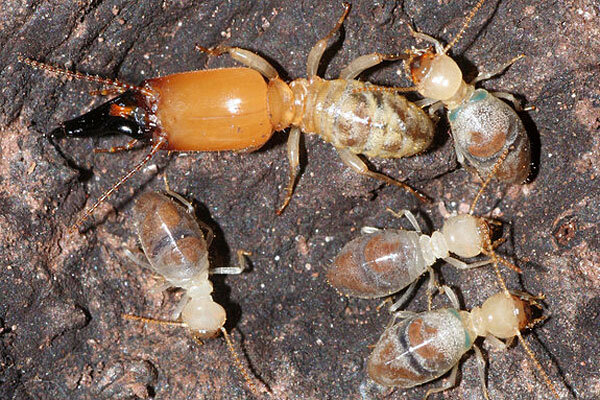 Exploding termites: Aging termites become suicide bombers, finds study
Exploding termites: Aging termites become suicide bombers, finds studyAs it ages, a species of tropical termite develops a 'backpack' filled with toxic chemicals that explodes when the insect is threatened.
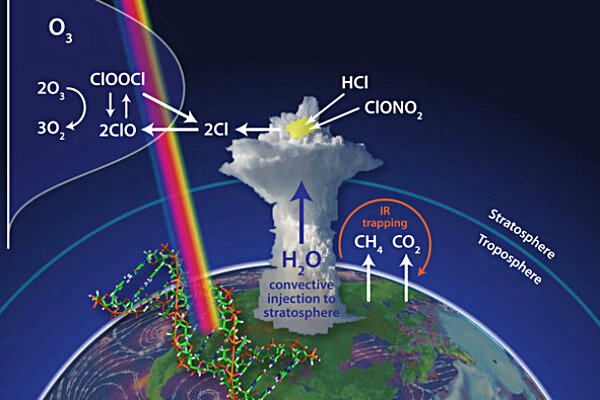 Storm clouds could destroy ozone layer, study suggests
Storm clouds could destroy ozone layer, study suggestsA recent study suggests that highly reactive chlorine and bromine molecules ejected by cumulonimbus clouds are punching holes in the ozone layer over the United States.
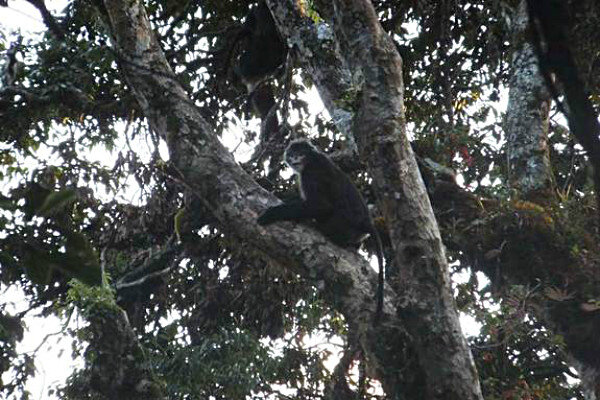 At last, scientists provide photographic evidence of sneezing monkeys
At last, scientists provide photographic evidence of sneezing monkeysThe discovery of sneezing monkeys, a rare, snub-nosed monkey species first spotted just two years ago, highlights the need to improve wildlife management in China.
 What will NASA's Mars rover do when it gets there?
What will NASA's Mars rover do when it gets there?If NASA's Mars Curiosity rover lands successfully, it will look for signs of habitability. The rover will also keep an eye on the weather.
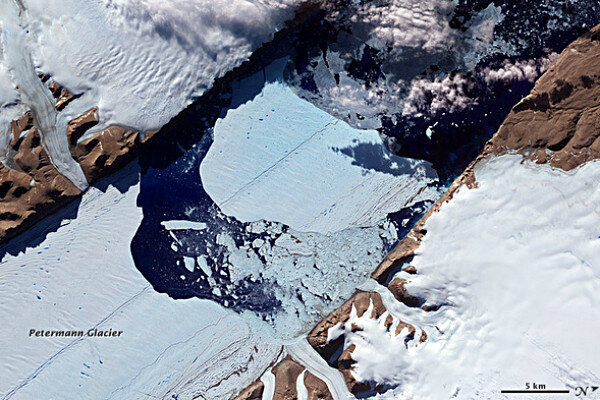 Did the huge Greenland glacier break apart because of global warming? Maybe not.
Did the huge Greenland glacier break apart because of global warming? Maybe not.An ice island about twice the size of Manhattan broke away from Greenland's Petermann Glacier last week, but the calving was likely caused by ocean currents, not global warming.
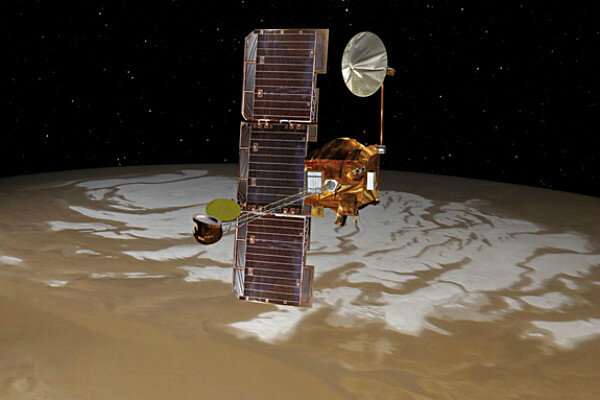 Odyssey successfully positioned for new Mars Rover's landing, NASA says
Odyssey successfully positioned for new Mars Rover's landing, NASA saysNASA announced the 11-year-old Mars Odyssey, which recently suffered a malfunction, has been successfully positioned to provide confirmation of Curiosity's August 5 landing.
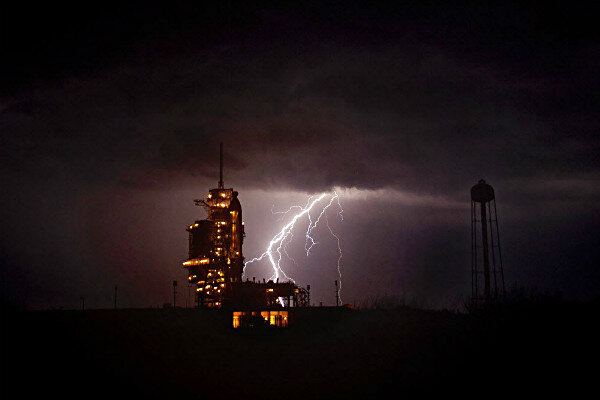 Is there an antimatter mirror universe? Massive space-based detector seeks to find out.
Is there an antimatter mirror universe? Massive space-based detector seeks to find out.A massive particle detector on the International Space Station (ISS) aims to find out where all the antimatter went after the Big Bang.
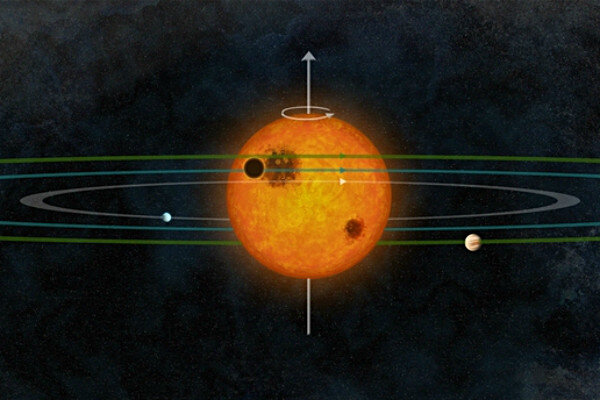 Kepler telescope spots alien solar system that looks strangely like our own
Kepler telescope spots alien solar system that looks strangely like our ownResearchers studying the star system Kepler-30, which is 10,000 light-years from Earth, found that its three known worlds all orbit in the same plane, lined up with the rotation of the star — just like the planets in our own solar system.
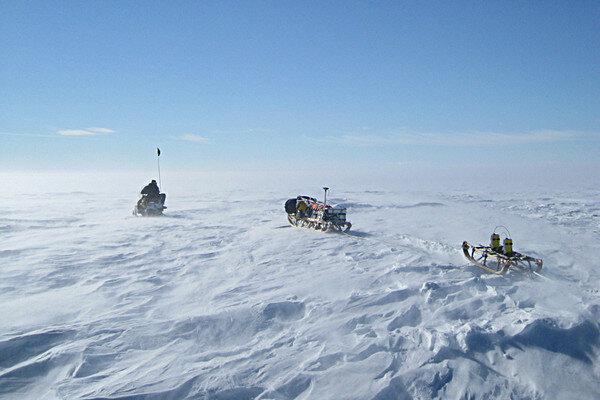 Gigantic 'Grand Canyon' buried beneath Antarctic ice
Gigantic 'Grand Canyon' buried beneath Antarctic iceA humongous rift located under West Antarctica that provides a channel for warm ocean water to creep toward the interior of the ice sheet could be accelerating ice loss, say scientists.






















